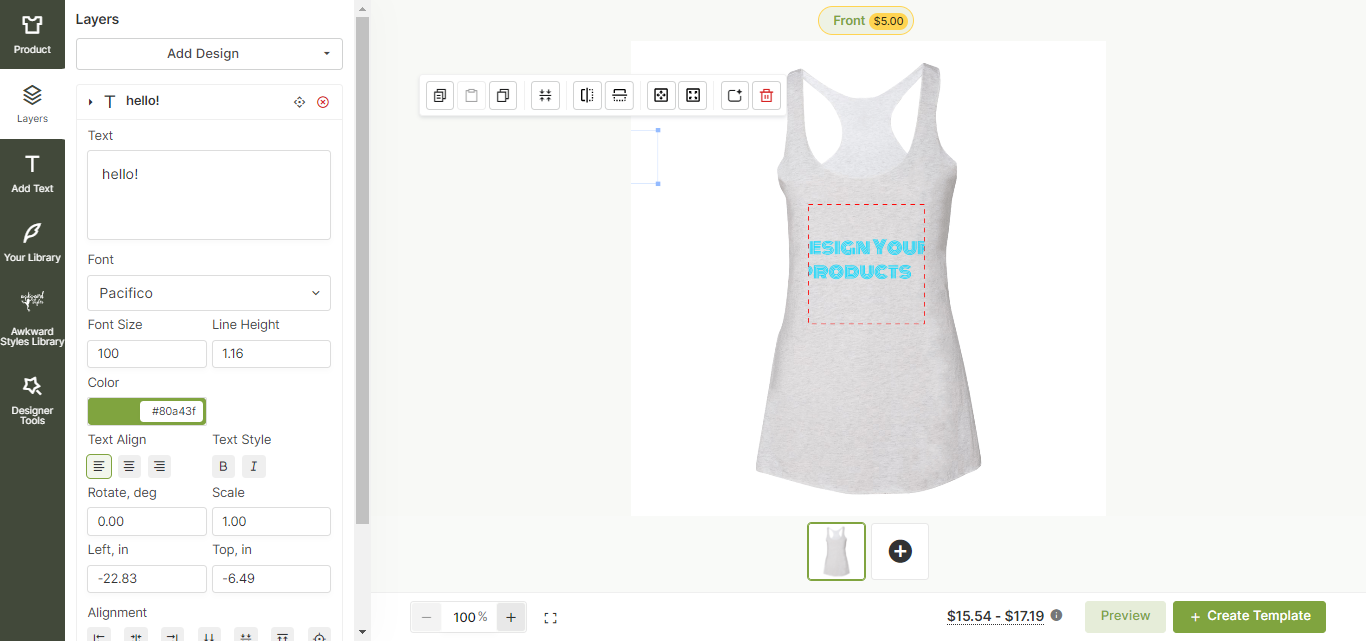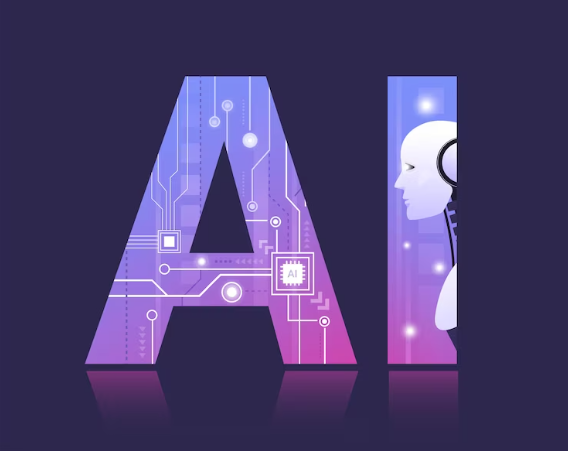
Help me create an manufacturing ad industrial software
Creating manufacturing and industrial software involves developing solutions tailored to the needs of production processes, machinery, supply chain management, and other industry-specific requirements. Here’s a structured approach to creating specialized software for this sector:
Assessment and Requirements Gathering:
- Conduct an in-depth assessment of the manufacturing processes you aim to manage or optimize with your software.
- Identify the stakeholders' needs, including operators, managers, suppliers, and customers.
- Consider integration with existing systems such as ERP, SCM, or CRM.
Define Your Software Scope:
- Specify the functionality of your software. It might include inventory management, process automation, quality control, or predictive maintenance.
- Create a requirements document detailing every feature and its expected behavior.
Compliance and Standards:
- Understand industry-specific regulations and standards that the software must adhere to, such as ISO standards, OSHA, and environmental regulations.
System Architecture Design:
- Design a scalable and secure architecture.
- Choose whether the software will be on-premises or cloud-based.
- Make decisions about the tech stack, databases, and frameworks to use.
User Interface (UI) and User Experience (UX) Design:
- Design intuitive UI to accommodate the diverse technological proficiency of end-users.
- Create wireframes and mockups of the software interface.
Development Phase:
- Set up the development environment and repositories for version control.
- Begin coding the application based on the designs and system architectures.
- Implement robust data management and real-time processing if required.
Integration with Hardware and Machinery:
- Develop APIs and communication protocols for interaction with manufacturing hardware and machines (e.g., PLCs, sensors, and IoT devices).
Testing:
- Conduct unit testing, integration testing, and system testing.
- Test the software in a controlled environment to ensure it accurately interfaces with machinery and other systems.
Deployment:
- Deploy the software into a production environment.
- If the software is being used in critical manufacturing environments, consider a phased rollout to minimize disruption.
User Training and Documentation:
- Develop comprehensive user manuals and training programs.
- Conduct training sessions for users to ensure they are comfortable with the new system.
Maintenance and Support:
- Set up a technical support structure to resolve issues as they arise.
- Plan for regular maintenance and updates in response to feedback and changes in manufacturing requirements or regulations.
Continuous Improvement:
- Analyze operational data collected by the software to identify areas for improvement.
- Continuously update the software for process optimization and the inclusion of new technologies or methodologies.
Are there specific features or functionalities that you wish to include in your manufacturing and industrial software? Or are you looking for advice on a specific stage in this development process? Let me know, and I can provide more focused assistance.






















